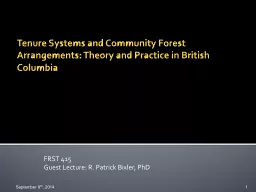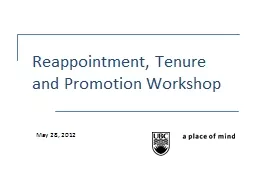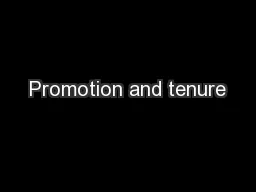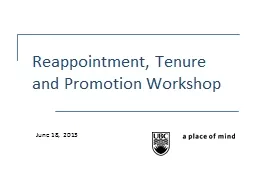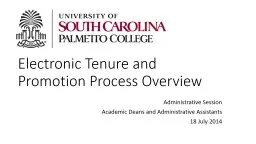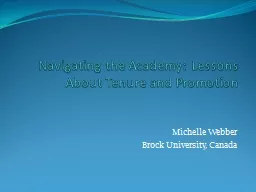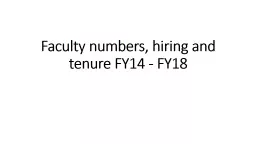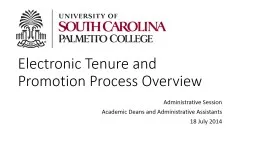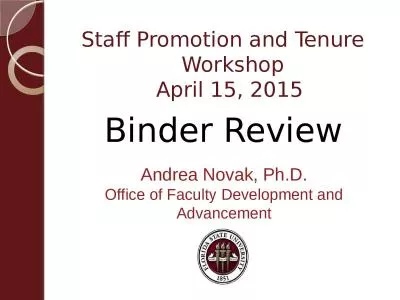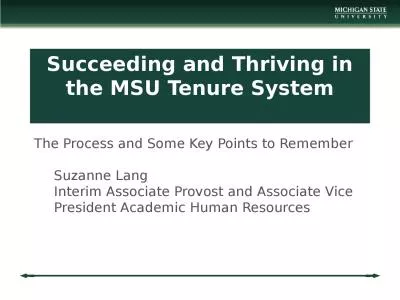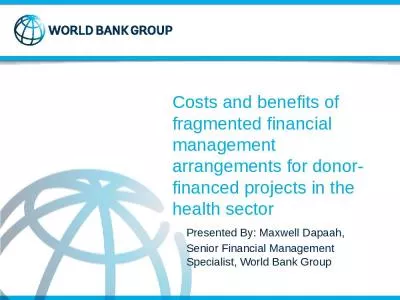PPT-Tenure Systems and Community Forest Arrangements: Theory an
Author : natalia-silvester | Published Date : 2016-07-26
FRST 415 Guest Lecture R Patrick Bixler PhD September 9 th 2014 1 2 Imagine That youre in the Interior BC temperate rainforest Tenure What is it Why is it important
Presentation Embed Code
Download Presentation
Download Presentation The PPT/PDF document "Tenure Systems and Community Forest Arra..." is the property of its rightful owner. Permission is granted to download and print the materials on this website for personal, non-commercial use only, and to display it on your personal computer provided you do not modify the materials and that you retain all copyright notices contained in the materials. By downloading content from our website, you accept the terms of this agreement.
Tenure Systems and Community Forest Arrangements: Theory an: Transcript
Download Rules Of Document
"Tenure Systems and Community Forest Arrangements: Theory an"The content belongs to its owner. You may download and print it for personal use, without modification, and keep all copyright notices. By downloading, you agree to these terms.
Related Documents

